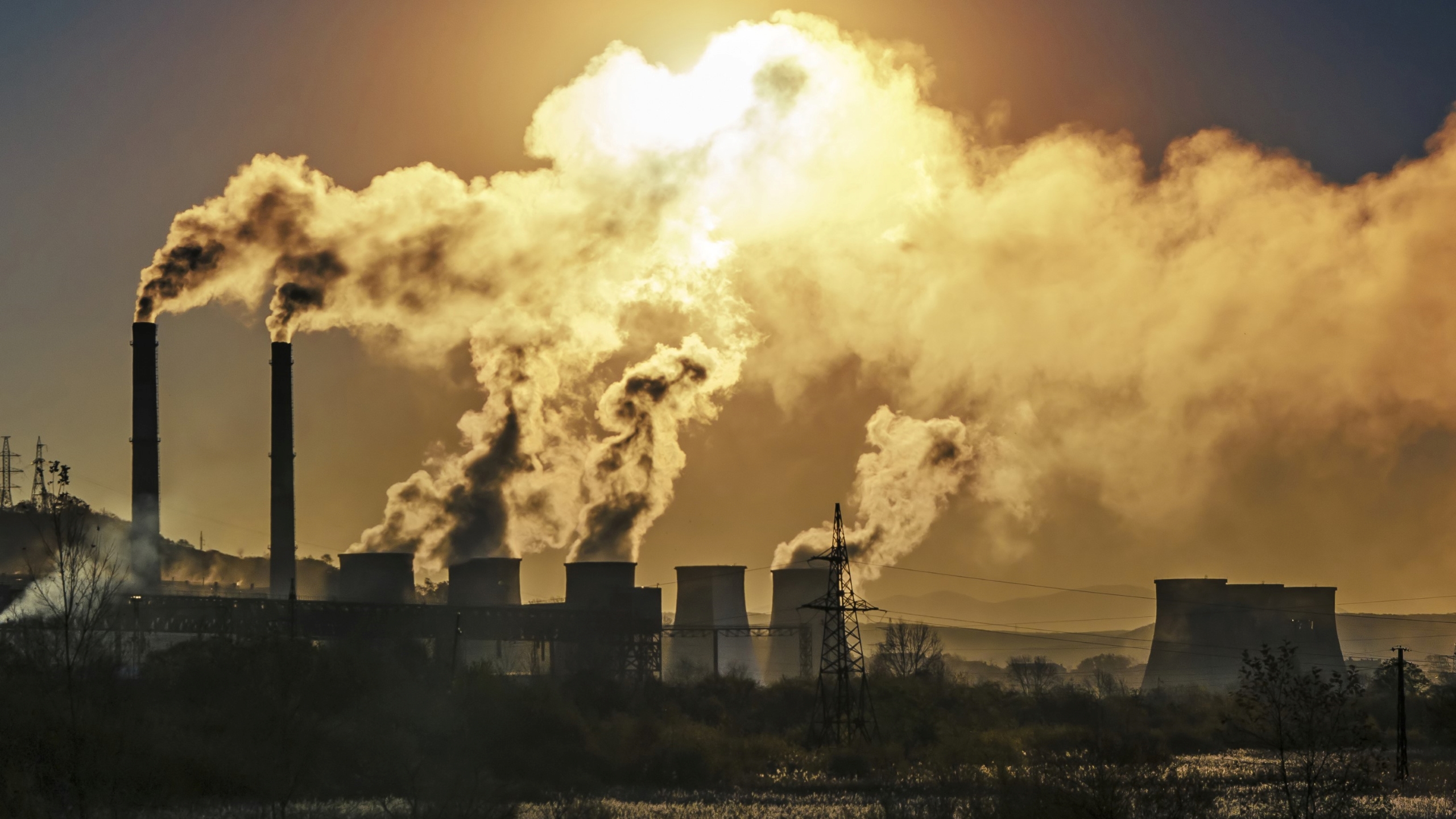Methane is short-lived, especially when compared to the most widespread greenhouse gas currently in existence – carbon dioxide. However, even though it’s a lot less present in the environment, methane is actually a lot more harmful to the environment and plays a larger role in global warming and climate change. In fact, over the period of one hundred years, methane is projected to be twenty-eight times stronger than CO2 in warming our planet.

Over a period of twenty years, methane is 80 times more potent than carbon dioxide. As methane gets released into the air, it acts in various hazardous ways and hastens the process of climate deterioration rapidly. That is why modern and smart HVAC advancements are focusing on eco-friendliness. To get a clear picture of the extent methane can cause harm, we have to begin by taking a closer look into what it is and why its emissions are so dangerous.
What Methane Is & Where Emissions Originate From
Methane, or CH4, is one of the most harmful gases that massively contributes to the processes of global warming and climate change. It has no color, no odor, and is extremely flammable. It’s composition consists of hydrogen and carbon. However, the fact that it is flammable, odorless and colorless doesn’t explain the basis of its harm.
Methane is an incredibly potent greenhouse gas, which means it has a high potential for propelling environmental change. In fact, according to the EPA, methane is currently one of the biggest contributors to the process of climate change. However, this does not explain where methane emissions come from.
The vast majority of methane emissions, as much as 65 percent of them, are either directly or closely related to a wide range of human and industrial activities. The Environmental Protection Agency recognizes the three following activities as biggest contributors to releases of methane into the atmosphere:
- Commercial waste, residential waste, and landfills
- Leaks originating from various systems operating using natural gas
- Raising large amounts of livestock
Methane is the most important and largest component of natural gas. This natural gas fuels different types of industrial plants and processes, it powers residential and commercial properties, and runs various air conditioning systems.
Why Are Emissions Dangerous?
Methane emissions, as previously stated, are an incredibly potent contributor to climate change and greenhouse effect. However, what is the reason for methane being so dangerous to the environment?
- It is approximately 80 times more dangerous for warming the atmosphere when compared to carbon dioxide over a period of twenty years.
- Today’s amount of methane present in the atmosphere has doubled when compared to the pre-industrial era. What’s more, the emissions of methane are increasing at a faster pace than ever before.
- Methane is also a large contributor to the appearance of ozone at ground level. This is a gas that is very harmful to human beings, as well as crops and entire ecosystems.
What Are The Benefits Of Reducing Methane Emissions?
Methane is a suitable candidate for reducing greenhouse gas emissions because it has a relatively short lifespan in the atmosphere – approximately twelve years. Other greenhouse gases last a lot longer than methane, meaning they would be more difficult to eliminate. THis, combined with the potency of methane, means that it has arrived at the forefront of the battle against climate change.
If the world could reduce methane emissions by as much as 45%, the biggest perceivable benefits would be:
- Prevention of 255,00 premature passings
- Prevention of 775,000 hospital visits related to asthma
- Prevention of the loss of 26 million crops and 73 billion labor hours
Leave a Reply